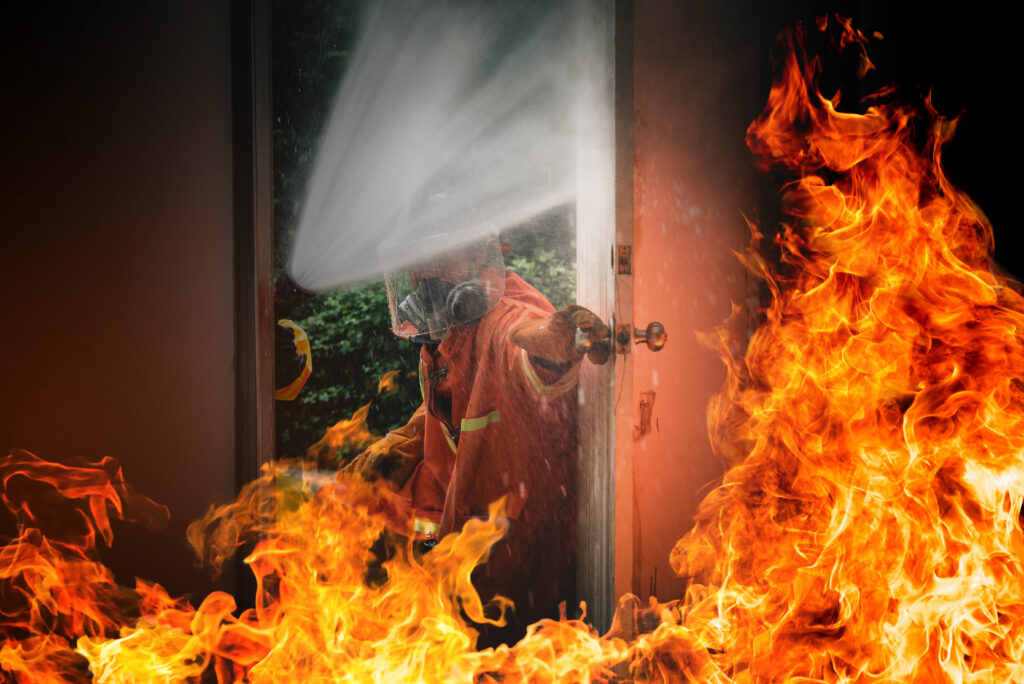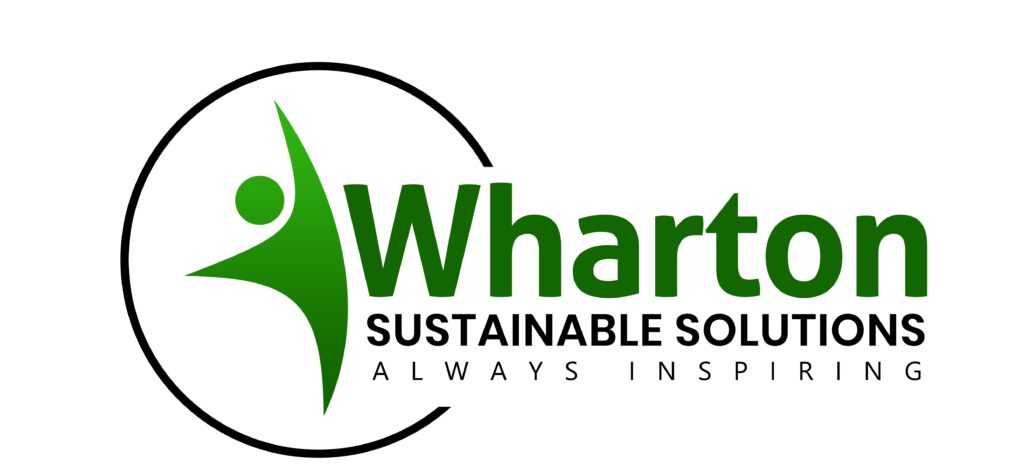Request a call back
Emergency
Pandemic Handling
COVID-19 spread is emotionally challenging for many people, changing day-to-day life in unprecedented ways. All sections of society – including employers and employees – should play a role to protect themselves and each other and help prevent further spread of the disease. WHO is providing advice and updated information on COVID-19, and on how employers can protect their employees, what measures they should take in the workplace and other related factors. Our team collate all such guidelines such that we may create awareness about handling of pandemics.
Social stigma in the context of health is the negative association between a person or group of people who share certain characteristics and a specific disease. In an outbreak, this may mean people are labelled, stereotyped, discriminated against, treated separately, and/or experience loss of status because of a perceived link with a disease.
The current COVID-19 outbreak has provoked social stigma and discriminatory behaviours against people of certain ethnic backgrounds as well as anyone perceived to have been in contact with the virus.
Duration: Half day/Full day
Training Mode: Face to Face/ Virtual
Scope: Training content, Delivery, Awarding Certificate


First Aid
The primary objective of first aid is to preserve life.
First aid training focuses on providing immediate care to sick or injured patients until full medical help is available.
In the time it takes for more advanced care to arrive, first aid aims to prevent medical conditions from deteriorating, help relieve pain, and provide reassurance.
The importance of first aid is recognised all over the world and its capacity to make a difference cannot be overstated.
To have a competent first aid practitioner present is reassuring to the casualty, as well as to concerned people at the scene.
This first aider is the person most likely to take action and manage an emergency.
First aid makes a significant contribution to an ill or injured person’s recovery and, in an overwhelming number of cases, has been the difference between life and death.
Duration: Half day/Full day
Training Mode: Face to Face/ Virtual
Scope: Training content, Delivery, Awarding Certificate
Fire fighting
Fire safety training should cover everything from preventing fires and following correct procedure, to how to stay safe and escape in the event of a blaze. Obviously, the best scenario is for your employees to never experience a fire, and this starts with being aware of fire prevention. Educating staff regarding best practices keeps your premises, your business, and everyone inside it safe.
You should have an emergency plan in place to cover what needs to happen in the event of a fire. A training programme can cover how to respond in the event of fire alarms, and where the safety assembly point is. Employees should know not only where they are meant to go, but the safest routes they can take. Make sure everyone knows how to operate exit devices, such as fire doors.
It is beneficial to give people a basic knowledge of operating fire extinguishers and other ways of preventing a blaze from spreading further. Part of the fire safety training will include identifying when it is safe to attempt to tackle flames rather than evacuating. You may wish to select specific employees to receive advanced training on fire-fighting, as well as other emergency tasks such as shutting down dangerous equipment and ensuring everyone has left the premises.
Fire safety training is something that should be continuous in order to keep everyone up to date and safe. Existing staff should be given regular refresher courses so that they don’t forget the information. New members of staff should also be trained. This includes people who have been transferred from another building or site – you don’t want anyone in your business to be without this training.
When something changes that affects the fire safety risks in your building, you need to train your staff to keep them up to date. There could be increased risks, you may change your assembly point or emergency plans, or get new fire-fighting equipment. If something happens in your business that leaves people open to making mistakes due to ignorance, you need to refresh and update their knowledg
Duration: Half day/Full day
Training Mode: Face to Face with live demonstration/ Virtual
Scope: Training content, Delivery, Awarding Certificate


Mock drill
The ultimate goal of mock drill is to test and improve entire capability of an organization/ community by means of strengthening the relevant policies, plans and protocols. Preparing and practicing on particular roles and responsibilities will give save number of lives, assets and surroundings. Organization that create and constantly maintain feasible and practical exercises mostly prepared to face such events.
Mock drill exercises developed should be flexible and planned in accordance with the needs of concerned organization. Mock drills conducted are not solutions for crisis but an efficient approach towards implementing important priorities that would lead to innovative solutions.’
Necessity of mock drill training:
• To make people aware of hazards around them
• Ways to handle hazardous substances
• Inculcate preparedness among common public
• Know the value of resources belongs to various departments
• Examine SOPs and plans of industries
• Enhance resource capabilities
Duration: Half day/Full day
Training Mode: Face to Face with live demonstration/ Virtual
Scope: Training content, Delivery, Awarding Certificate
